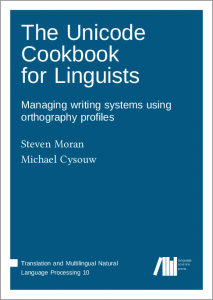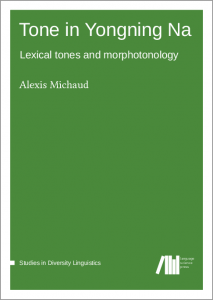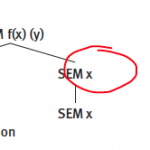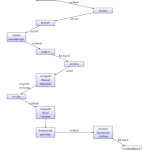The Berlin School of Library and Information Science has had a theoretical look at the way proofreading is organised at Language Science Press, resulting in a BA thesis by Lole Westedt entitled
Community Proofreading am Beispiel Language Science Press: „Gratis-Korrekturlesen“ oder auch inhaltlich anreichernd?
[Community proofreading as used by Language Science Press: Only cost-free copy-editing, or also additional improvement of content?]
This study evaluates in how far the way we integrate the community in the proofreading of our books via PaperHive can be seen as a type of (content) open review, and what types of community comments we find (typos, wording, specialist suggestions). We have described our approach to community proofreading in a couple of blog posts:
- Axes of Open Review
- Open authoring as the obvious next step in open publishing
- Document life cycles and fluid publication
- Experiences with open review and community proofreading
- What it means to be open and community-based
This thesis by Lole Westedt puts our efforts in a broader context and finds that, actually, what we call “Community Proofreading” meets 6 out of 7 criteria of Ross-Hellauer‘s list of Open Review dimensions:
- Open identities: Authors and reviewers are aware of each other’s identity
- Open reports: Review reports are published alongside the relevant article.
- Open participation: The wider community are able to contribute to the review process.
- Open interaction: Direct reciprocal discussion between author(s) and reviewers, and/or between reviewers, is allowed and encouraged.
Open pre-review manuscripts: Manuscripts are made immediately available (e.g., via preprint servers like arXiv) in advance of any formal peer review procedures.- Open final-version commenting: Review or commenting on final “version of record” publications.
- Open platforms: Review is de-coupled from publishing in that it is facilitated by a different organizational entity than the venue of publication.
Westedt then had a look at a sample of 10 books, from which she selected 1 chapter each and analysed the comments she found.





